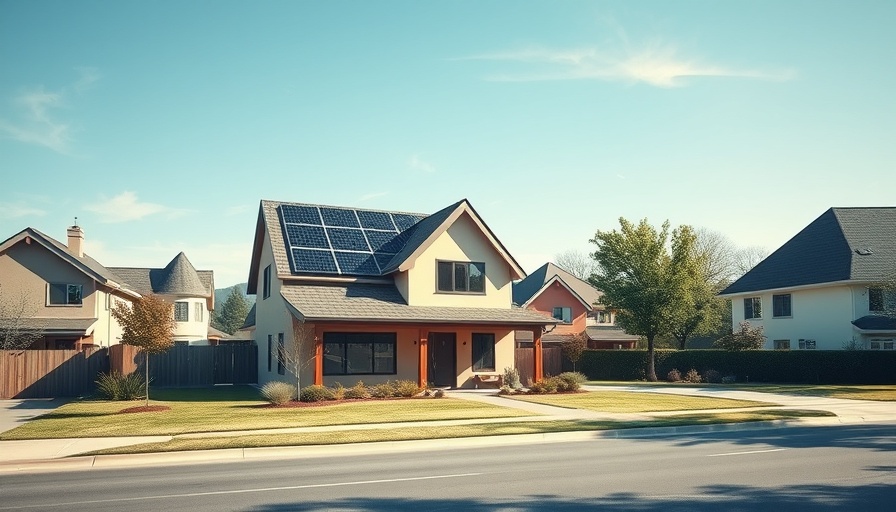
Unveiling Solar Efficiency: A Land-Saving Revolution
As the world shifts towards renewable energy, solar power has emerged as a pivotal player in addressing climate change. A recent study highlights a significant evolution in the efficiency of solar power plants regarding land use. This revelation could transform how energy stakeholders perceive the space required for utility-scale solar generation, offering a more sustainable path forward for solar energy deployment.
Turning the Tide on Land Requirements
The growing consensus among environmentalists is that solar and wind energy production holds the potential to be carbon-free. However, the initial construction and ongoing maintenance of these energy plants require considerable land. Thankfully, advancements in technology mean that solar power has become substantially more land-efficient. As noted in the latest study, utility-scale solar systems now require less land than they did a decade ago.
Historically, one of the key assumptions about solar economics has been that utility-scale solar farms necessitate vast plots of land. But with the invention of high-efficiency solar panels, that assumption is rapidly evolving. This new generation of solar panels ensures that more sunlight is transformed into energy over their lifespan, meaning less space is needed for the same amount of electricity generation.
A Bright Future for Solar Technologies
The implications of these findings are profound. In just over a decade, the average energy output per acre of solar systems has seen an increase of over 40%. This surge in output has resulted from better tracking systems capable of moving to follow the sun, alongside enhanced stationary fixed-tilt systems. The upward trend in solar capacity per acre is projected to continue, particularly as manufacturers develop even more efficient panels.
This progress addresses the growing concerns surrounding land use. Critics long pointed out that vast installations of solar panels could disrupt local ecosystems and contribute to land degradation. However, with the advent of innovative technologies that maximize energy yield on less land, the solar industry is finding solutions that encourage a harmonious balance between renewable energy production and environmental stewardship.
Rethinking Renewable Energy Deployment
Beyond the technical advancements, it's essential to consider the broader implications of these efficiencies. As the need for renewable energy grows more urgent due to climate change, finding ways to produce clean power with minimal land impact becomes a priority. This marks a significant step toward integrating solar energy into urban planning without the extensive land requirements that previously hindered its implementation.
Consumer Impact: Making Solar Accessible
For homeowners and businesses, the increasing efficiency of solar technologies not only supports sustainability but also translates into economic benefits. As the cost to produce solar energy decreases with technology improvements, consumers are likely to see lower installation costs. Additionally, the heightened energy output means that smaller installations can still meet energy needs without occupying large land areas, making solar solutions more accessible and appealing to a broader audience.
Final Thoughts: The Power of Progress
The recent study showcases the potential of technological innovation in solar panel efficiency to reshape our understanding of land use in renewable energy production. As we strive toward sustainable energy solutions, continued advancements in solar technology offer encouragement. The industry is poised to strengthen its role in combating climate change while simultaneously protecting valuable natural landscapes. By embracing these changes, we can build a greener future together.
As a consumer or business considering solar solutions, now is the time to evaluate how you can contribute to this sustainable movement. Explore local installation options, inquire about incentives, and engage in the renewable energy conversation at every opportunity.
 Add Row
Add Row  Add
Add 



